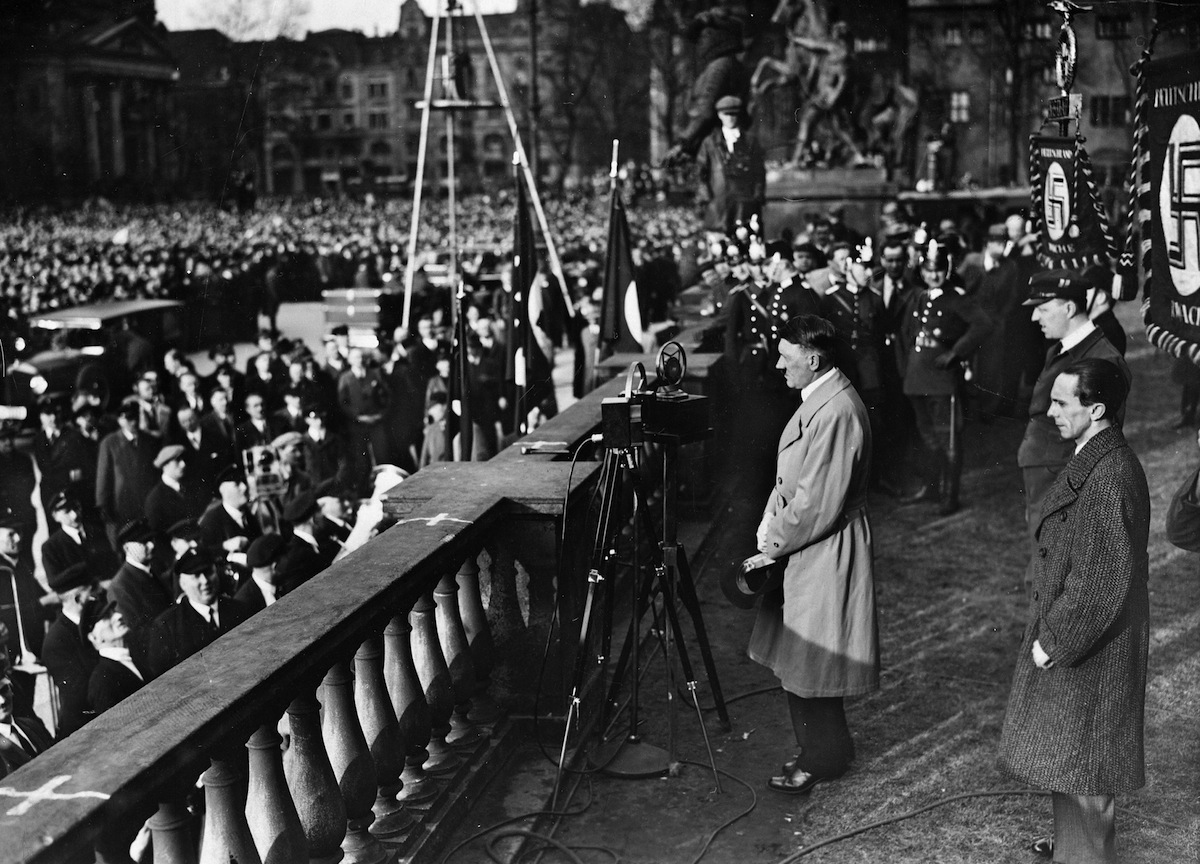
It was exactly 95 years ago — on Feb. 24, 1920 — that Adolf Hitler delivered the Nazi Party Platform to a large crowd in Munich, an event that is often regarded as the foundation of Naziism.
The German Workers’ Party (later the Nazi party) already existed before that date, though it was on that day that its exact goals were laid bare: the platform, set forth in 25 points, did not shy away from the central idea of strengthening German citizenship by excluding and controlling Jewish people and others deemed non-German. Still, those ideas weren’t new for the party. So what changed in 1920, and how did that help lead to Hitler’s ultimate rise to Nazi power?
His record of speech-making was what brought the audience to that hall in Munich in 1920. And, as Stefan Kanfer explained in TIME’s 1989 examination of the origins of World War II, Hitler’s power was closely linked to his abilities as an orator:
After the war, Hitler joined a new and violently anti-Semitic group, the forerunner of the National Socialist German Workers‘ Party — Nazi for short. There, for the first time since adolescence, he found a home and friends. Within a year, he became the chief Nazi propagandist. Judaism, he told his audiences, had produced the profiteers and Bolsheviks responsible for the defeat of the fatherland and the strangulation of the economy. Jews were bacilli infecting the arts, the press, the government. Pogroms would be insufficient. ”The final aim must unquestionably be the irrevocable Entfernung [removal] of the Jews.”
Early on, Hitler had a central insight: ”All epoch-making revolutionary events have been produced not by the written but by the spoken word.” He concentrated on an inflammatory speaking style flashing with dramatic gestures and catch phrases: ”Germany, awake!”
Read the full story, here in the TIME Vault: Architect of Evil
Color Photos of Hitler Among the Crowds
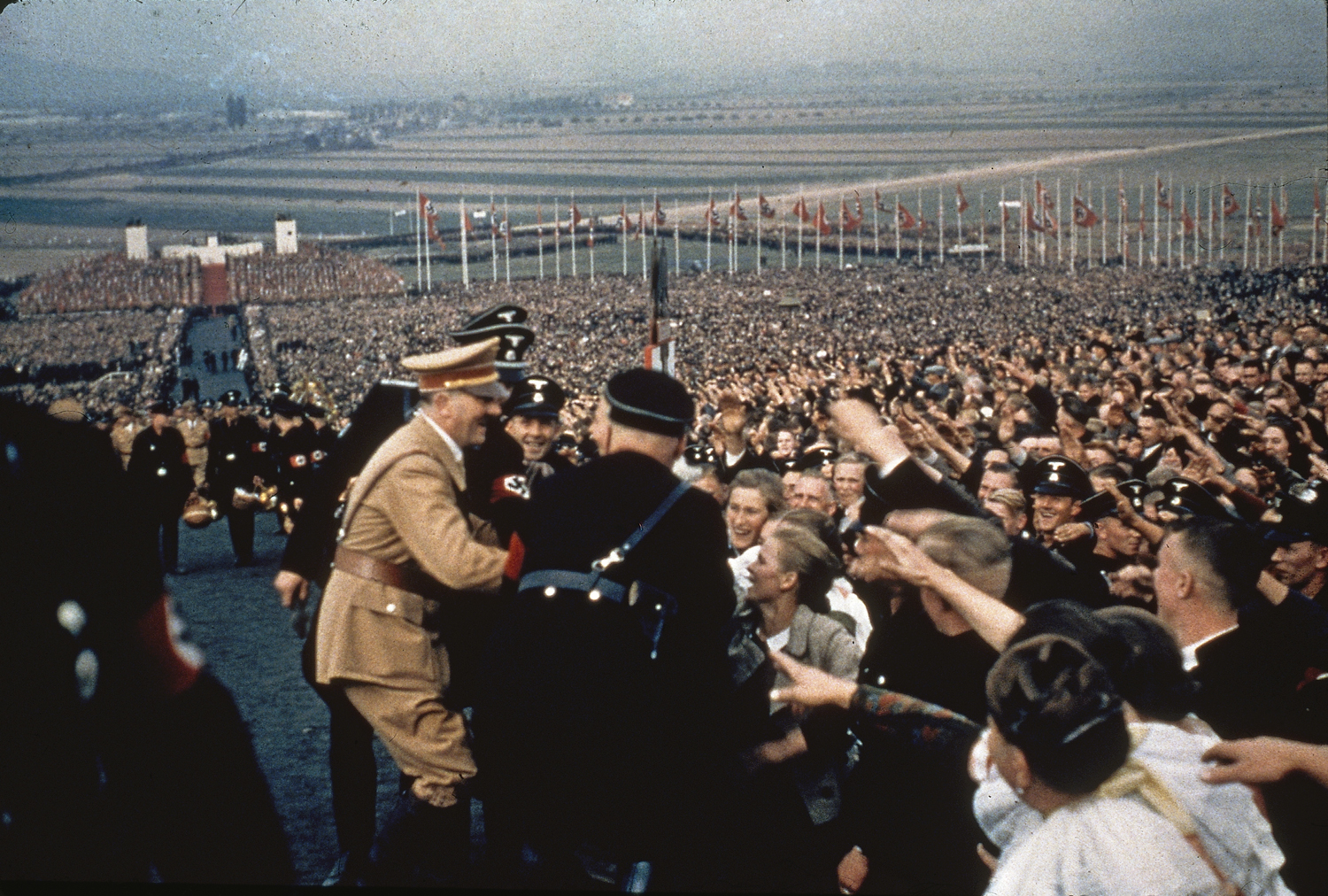
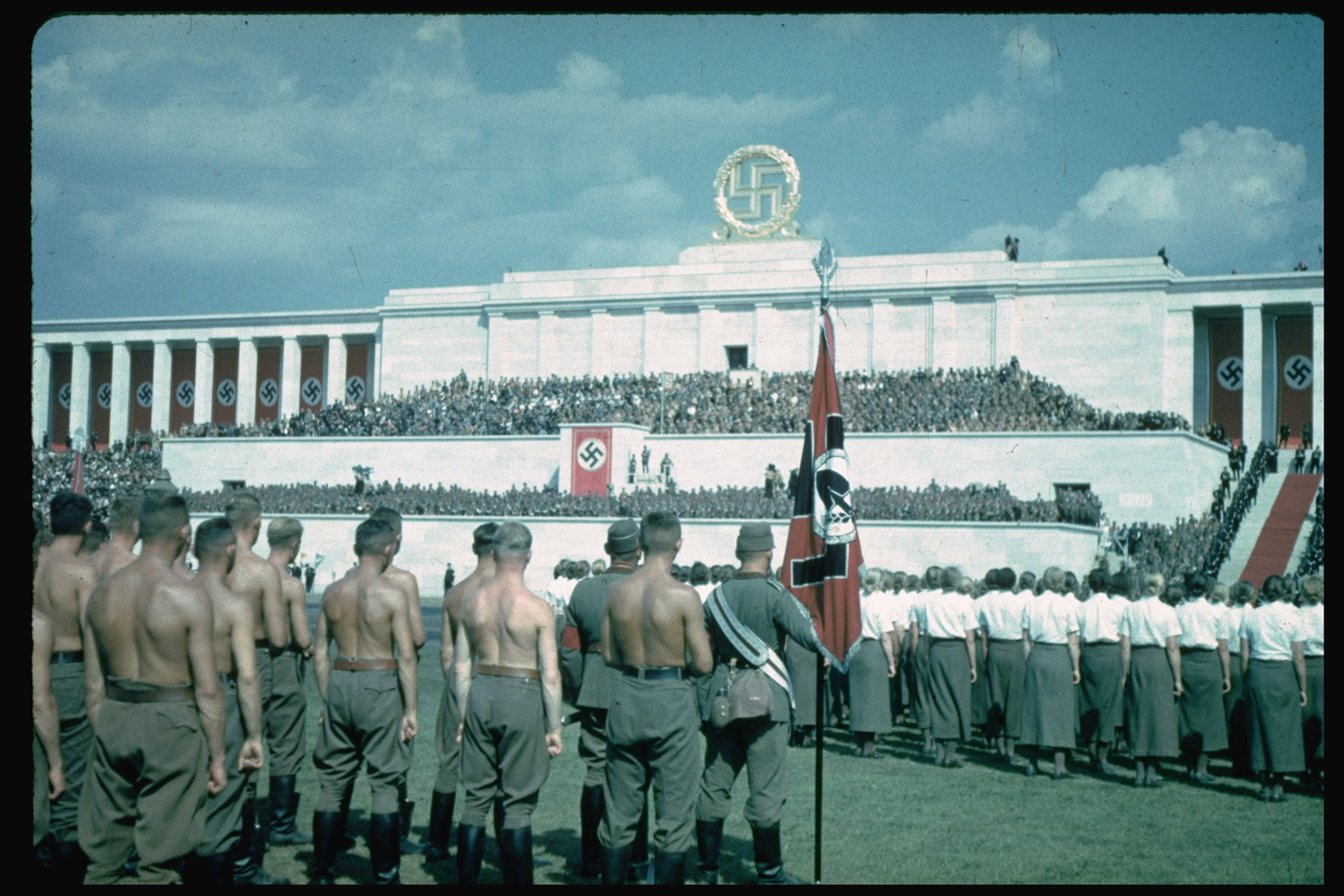



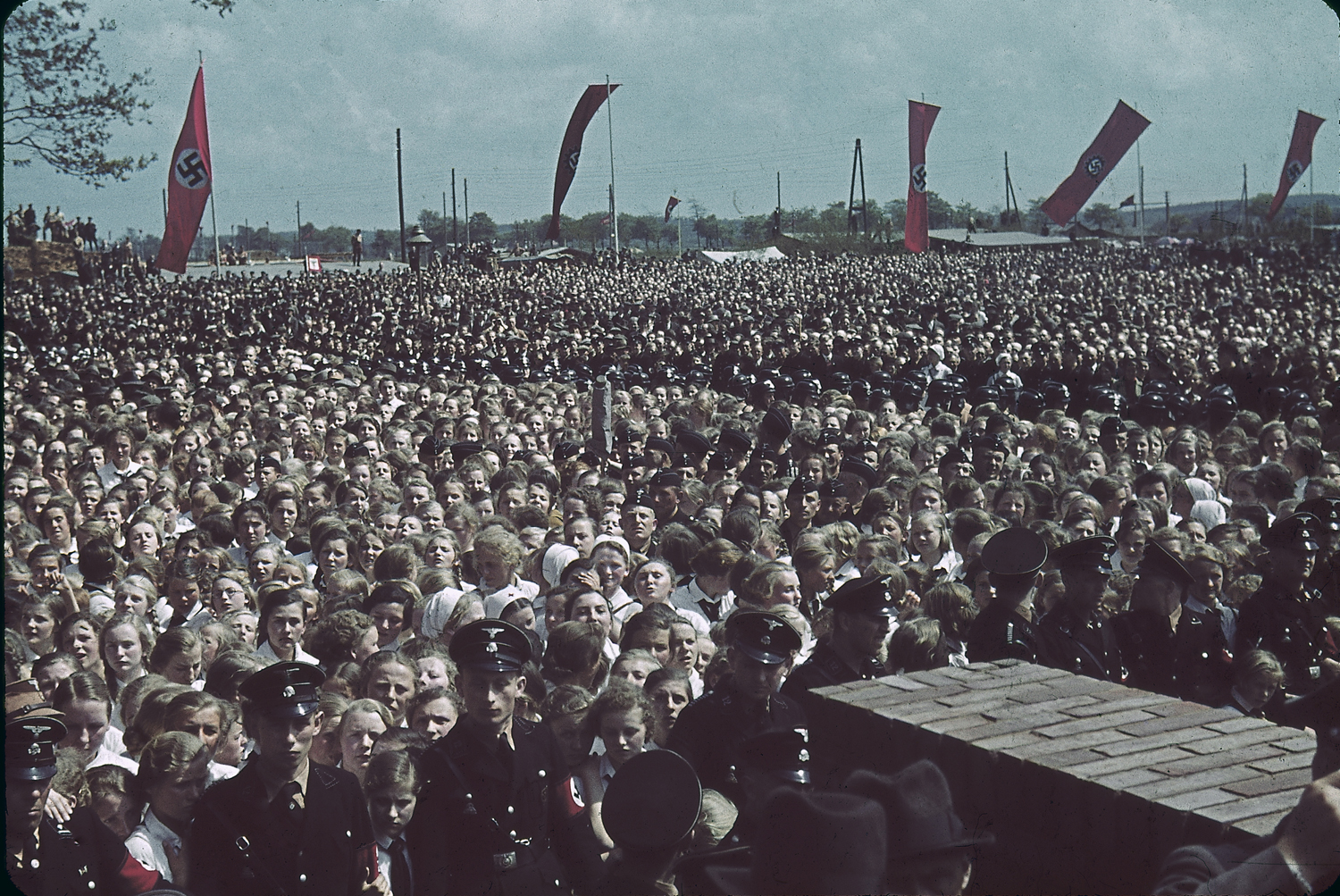
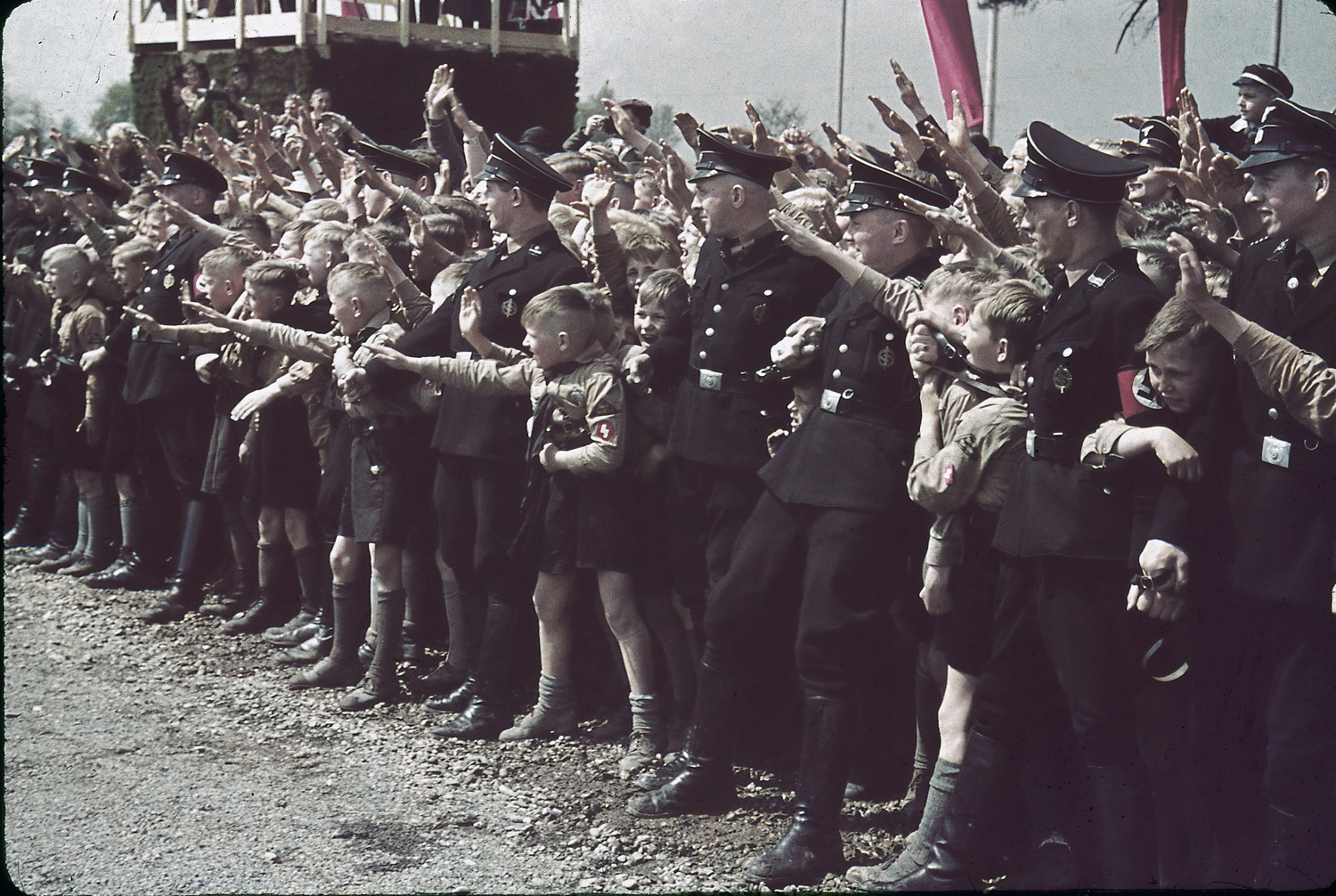

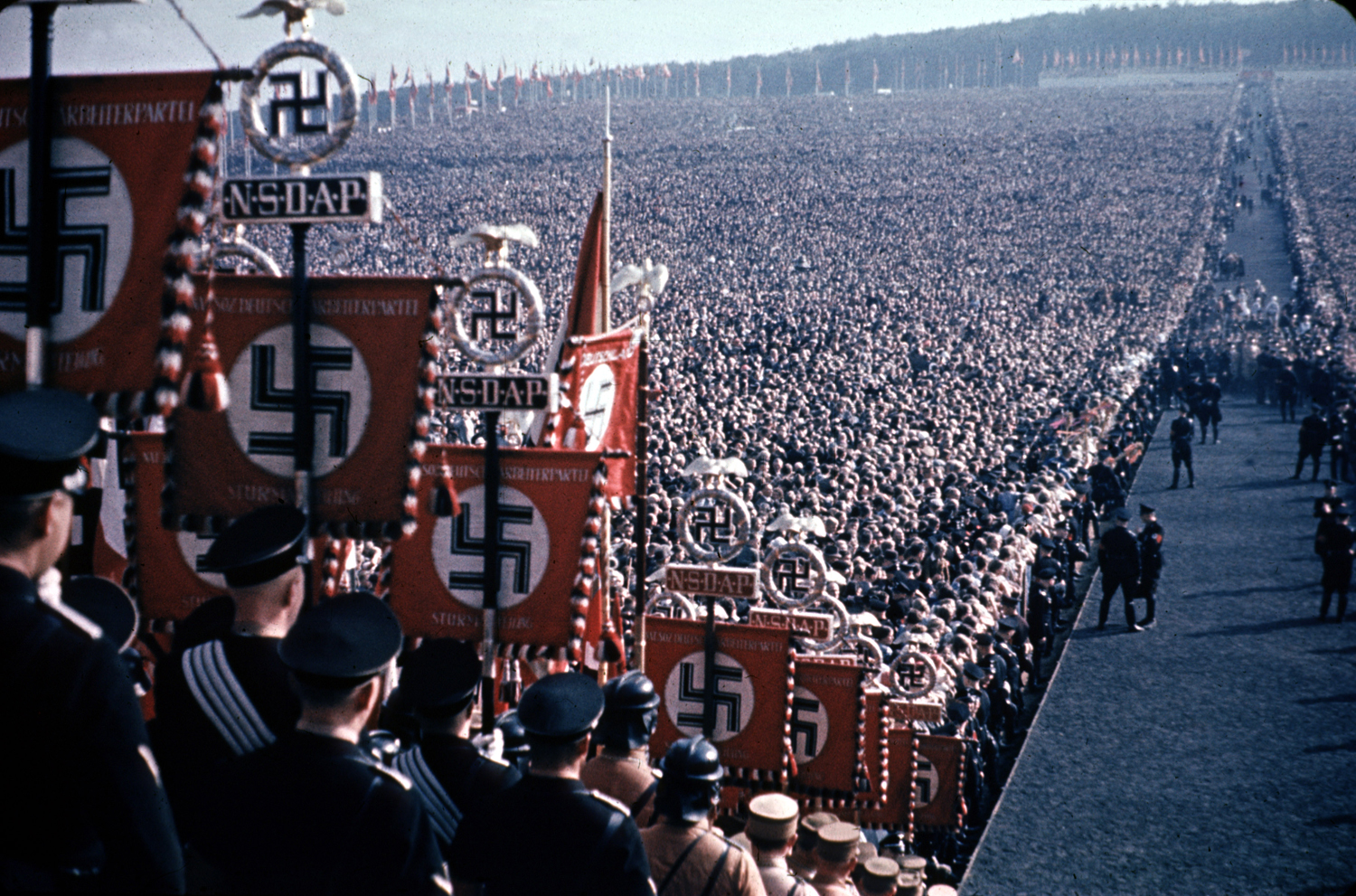
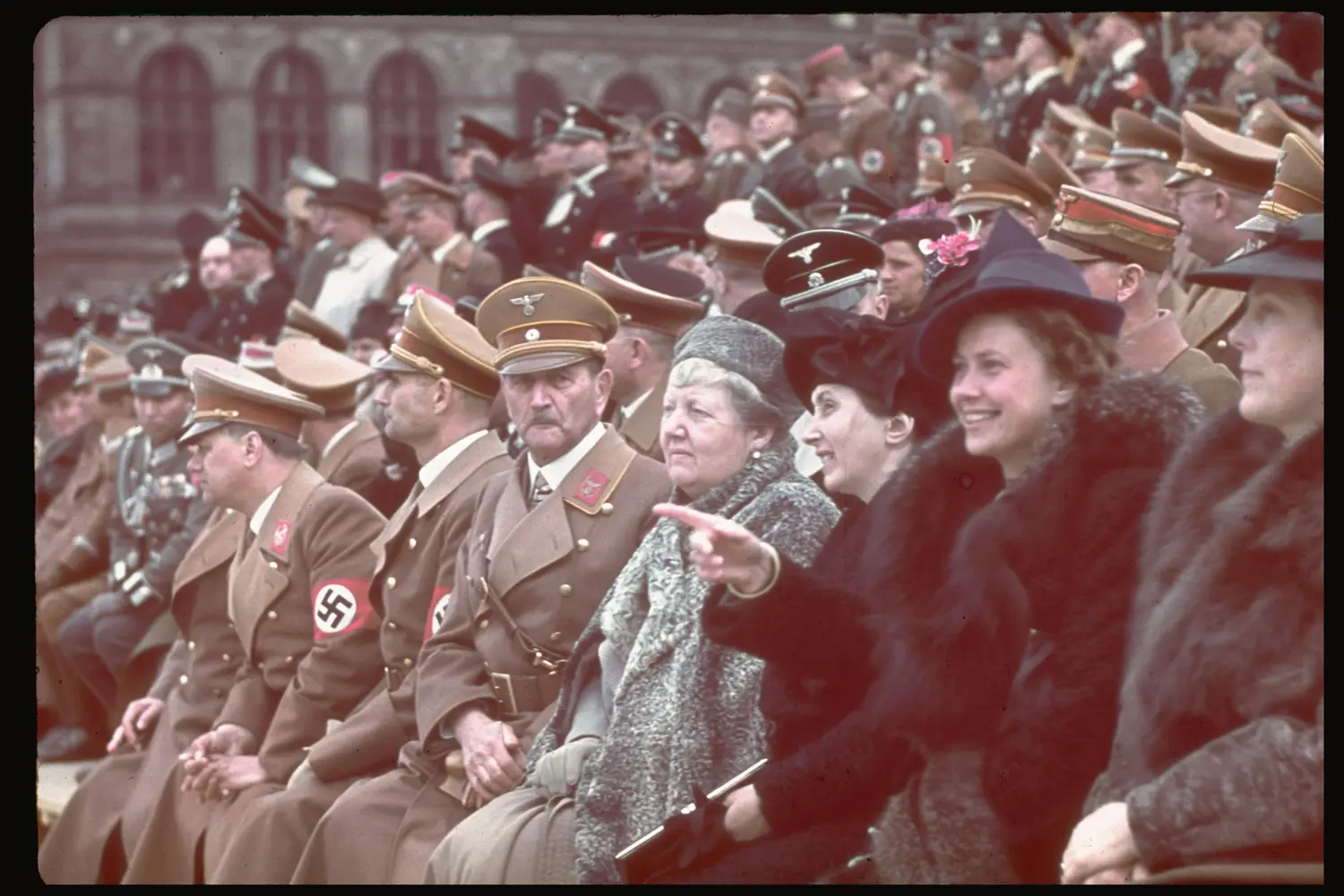

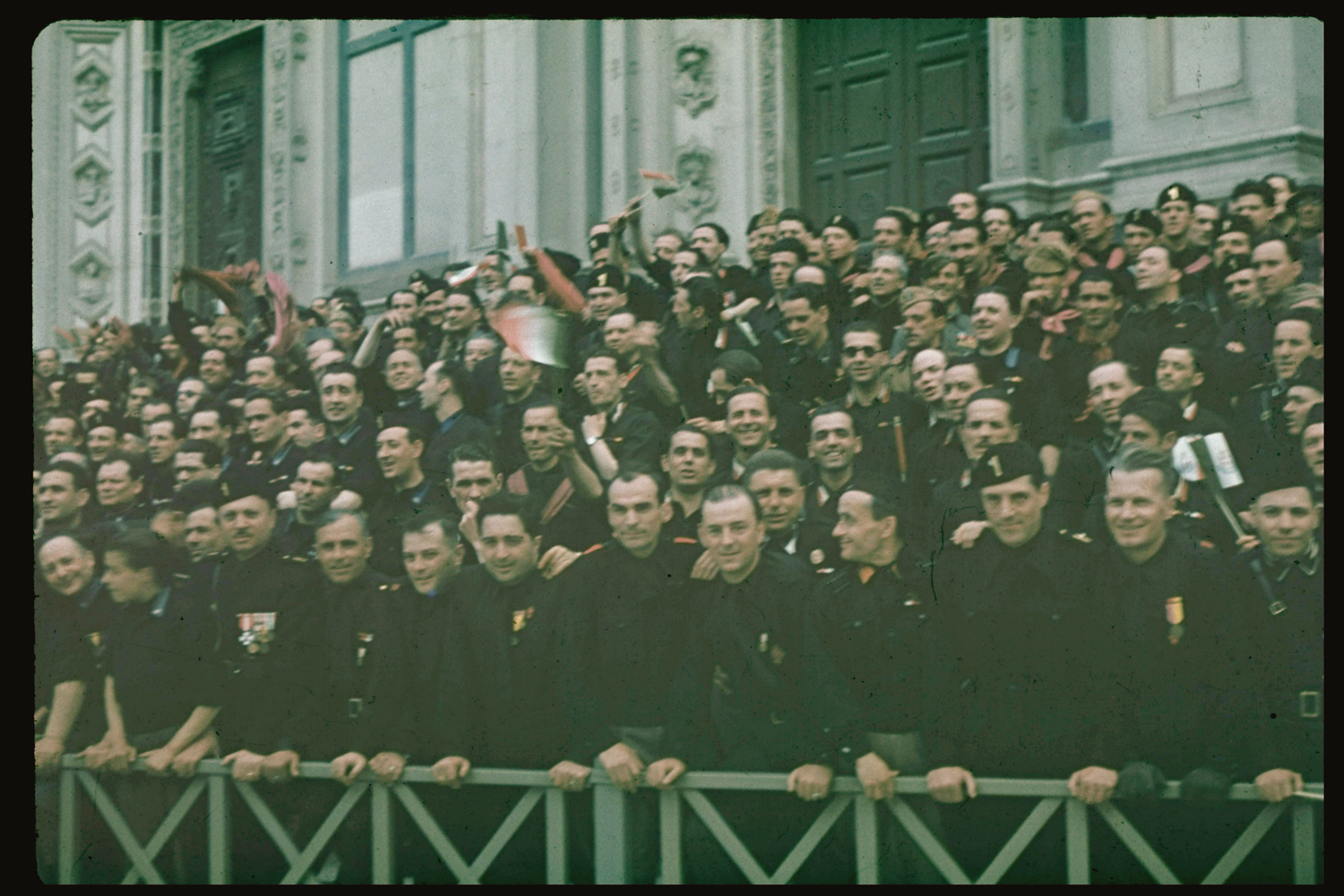


More Must-Reads from TIME
- Breaking Down the 2024 Election Calendar
- How Nayib Bukele’s ‘Iron Fist’ Has Transformed El Salvador
- What if Ultra-Processed Foods Aren’t as Bad as You Think?
- How Ukraine Beat Russia in the Battle of the Black Sea
- Long COVID Looks Different in Kids
- How Project 2025 Would Jeopardize Americans’ Health
- What a $129 Frying Pan Says About America’s Eating Habits
- The 32 Most Anticipated Books of Fall 2024
Write to Lily Rothman at lily.rothman@time.com